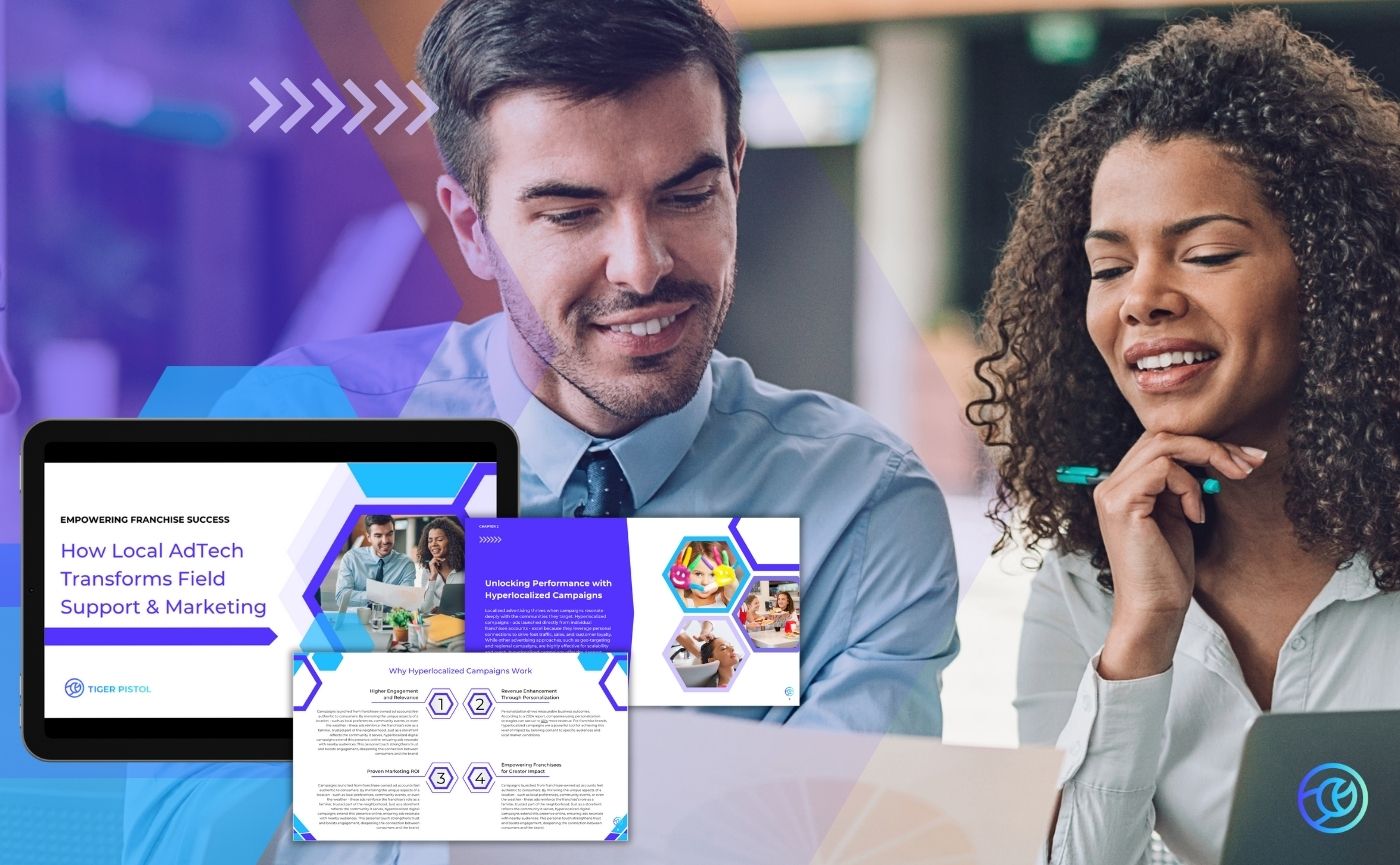The Hidden Riches of Loyalty Programs for QSR & Restaurant Marketers
Customer loyalty programs offer quick service restaurant (QSR) and multi-location restaurant marketers a treasure trove of valuable data. Through these programs, brands and marketers can harness first-party data to unearth consumer insights that shape ongoing marketing strategies. This data, willingly provided by customers, unlocks a world of possibilities.
The Power of Loyalty Programs in Restaurant Marketing
Customer loyalty programs allow brands to track their patrons through unique loyalty member numbers. Whether customers shop online or in-store, every use of their member ID creates a data point, building a comprehensive profile of the customer and their behavior. This includes digital interactions, purchase history, location or order preferences, habits, and more. It’s like having a backstage pass to understand your customers’ buying journey.
Why Consumers Opt Into Loyalty Programs
Loyalty programs offer various perks, from discounts to freebies, making them an enticing option. According to the recent Annual Franchise Marketing Report, 40% of loyalty programs provide complimentary products or services, while 60% offer discounts. In the food industry, a whopping 89% of businesses have loyalty programs in place, with an even split of 50% offering freebies and 50% offering discounts. The allure of freebies often trumps concerns about data sharing. Some join to track their purchases, while others hunt for deals. Regardless, opt-in customers believe the benefits outweigh the cost of sharing their data.
Turning Loyalty Data Into Smarter Advertising
Data collected through loyalty programs is a goldmine, unveiling customer buying behaviors and preferences like dining in, ordering online, or choosing curbside service, and sheds light on preferred orders, purchase frequency, and spending behaviors. This data empowers QSR and restaurant brands with crucial insights to enhance their strategies, enabling marketers to create targeted social media advertisements that resonate with customer preferences, elevating the overall dining experience.
Building Custom and Lookalike Audiences
First-party data fuels the creation of custom audiences for retargeting and lookalike audiences for new customer acquisition. Custom audiences help marketers zero in on customers who’ve already engaged with the brand, while lookalike audiences find similar prospects who haven’t yet interacted with it. By harnessing these custom and lookalike audiences, marketers can deliver precisely tailored social ads that hit the mark, boosting conversion rates.
Empowering Local Operators with Loyalty Insights
Giving your restaurant operators access to loyalty data equips them to run localized brand campaigns effectively. The more traffic they generate, the more data flows back to the global partner, providing a holistic and richer view of the business.
Customer loyalty programs are not just about freebies; they’re a data-driven boon that revolutionizes marketing strategies, strengthens customer relationships, and gives restaurant operators a competitive edge. Your customers are waiting to be served, and your data holds the key to delivering exactly what they want.
Discover how Tiger Pistol can power your local advertising success.
Related Posts
A Trust-Driven Growth Model: How Empowerment Builds Stronger Franchise Systems
When franchisees are equipped to run brand-approved, localized campaigns, performance improves. But the impact goes further than lower CPMs and higher click-through rates. The real return is trust, between franchisor and franchisee, between brand and customer, between local presence and national strength. Trust is what turns performance into loyalty. It’s wha
Exceed Fitness Franchise Goals with These Winning Local Advertising Strategies
As the fitness industry stabilizes from the post-pandemic boom, fitness franchises must focus on new strategies to stay competitive and meet their members’ demands. A recent Placer.ai report highlights key trends among fitness chains, including the shifting preference towards evening workouts, the rise of specialized fitness offerings, and young, single pro
Tiger Pistol’s New Playbook Reveals How Local AdTech Supercharges Field Support & Franchise Growth
The Ultimate Guide for Field Teams to Strengthen Franchisee Success, Maximize Local Advertising Impact, and Scale with Confidence Tiger Pistol, the most advanced local advertising platform, today announced the release of its latest playbook, Empowering Franchise Success: How Local AdTech Transforms Field Support and Marketing. This essential resource provides f
If They Post a Lot, Why Do My Franchisees Need Paid Social Advertising Too?
With an astonishing three billion monthly active users, Facebook is the unrivaled social media powerhouse. For franchise marketers aiming to captivate diverse age groups and conquer multiple geographic locations, Facebook stands as an indispensable cornerstone of any formidable social media marketing strategy. Nevertheless, an intriguing question lingers among





